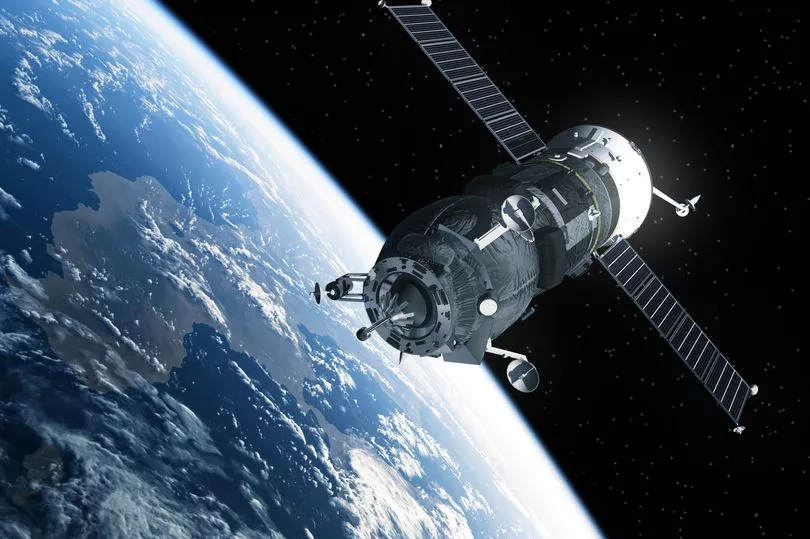Estimated reading time: 2 minutes
The Pony Express courier service was used in the 19th century to send an urgent letter to the west coast of the United States. The wagons covered the 3,100-kilometre route in about 10 days. This solution inspired researchers to establish communication with other planets.

The “Solar Pony Express” is a concept developed by scientists at the University of Illinois. Small spacecraft or satellites act as “horses” sent to Mars, for example, to receive data from transmitters and probes.
The data is then sent back to Earth. This solution offers high-bandwidth communications. However, the latency with which the data arrives on Earth is high.
Satellites travel in “cyclic orbits”. These are orbits in which a rocket regularly passes two objects in space. A satellite will reach Mars in 146 days, spend 16 months there and return to Earth in 146 days.
Even small, inexpensive satellites launched into space would be sufficient for this system.
The spacecraft would also need little fuel – their acceleration would come from the gravitational pull of the planets. The researchers have modelled a route that takes into account the gravity of Earth, Mars and the Sun and requires very few course corrections. This solution allows them to transmit 1 petabit per year, which is equivalent to 125 terabytes.


